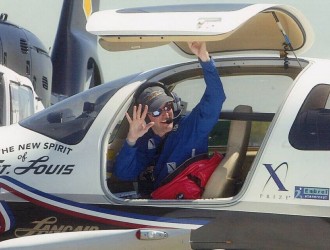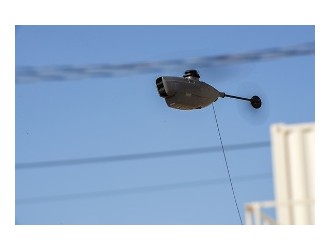
The Gray Eagle release followed a USFK announcement on March 6 that the first elements of a Terminal High-Altitude Area Defense (THAAD) anti-missile system had arrived in South Korea. News of the impending arrival of the Lockheed Martin THAAD system and potentially armed drones coincided with recent ballistic missile tests by North Korea, which in early March launched four missiles that landed in the Sea of Japan. These developments came as new U.S. Secretary of State Rex Tillerson arrived in Tokyo on March 15 for his first trip to the region, with stops planned in Japan, South Korea and China. China has protested the THAAD deployment in particular.
At a briefing in Washington, D.C., on March 13, Mark Toner, acting spokesperson with the U.S. State Department, described the Gray Eagle stationing as “an ongoing effort to defend the Republic of Korea and U.S. interests in order to maintain regional security, stability and economic prosperity for the region. In addition to THAAD, these are defensive measures that are a response to what we—and by ‘we’ I mean South Korea, the United States and certainly Japan—view as a real and credible threat to our security.”
While the USFK release said Gray Eagles will bring “significant intelligence, surveillance and reconnaissance capability” to the theater, some media headlines played up its capability as an “attack” or an armed drone and suggested its deployment is a response to increasing provocations by North Korea. The General Atomics Predator derivative operates to 29,000 feet, can stay aloft for 25 hours, and carries multiple payloads, including electro-optical/infrared cameras with laser designation, synthetic aperture radar, communications relay and four Hellfire missiles. It has an automatic takeoff and landing system that rids the need for a pilot to launch and recover the aircraft.
In response to an AIN query, an Army spokesperson reiterated the USFK message that the Gray Eagle stationing in South Korea “directly supports the U.S. Army’s strategic plan” to assign one Gray Eagle company to each of 10 active-duty divisions, a strategy the service announced in 2013. Such a company generally consists of three platoons with four aircraft each. “It’s part of a strategic plan to field them; this has been going on for awhile,” the spokesperson explained.





